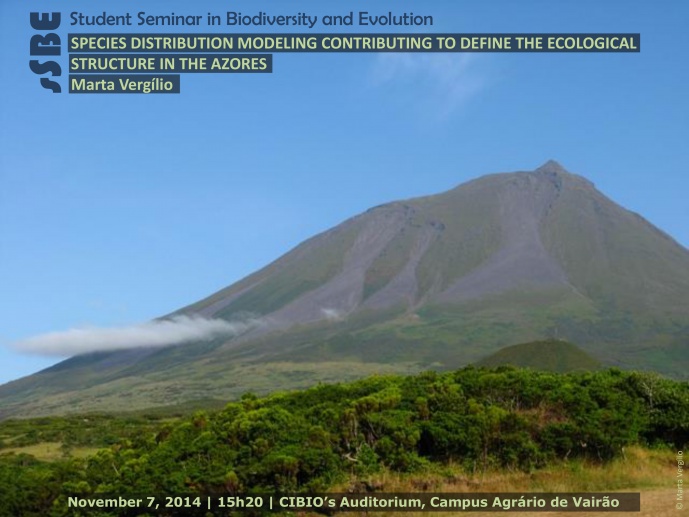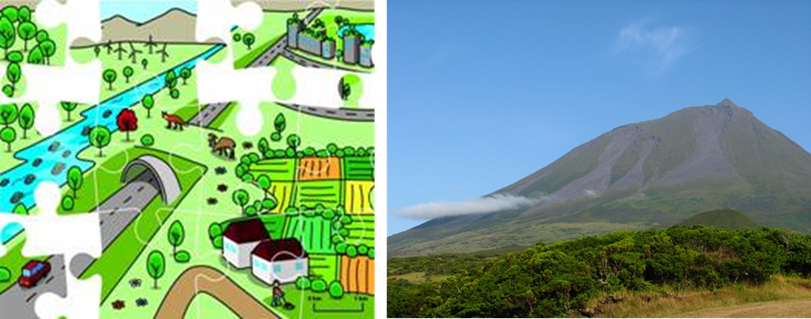SPECIES DISTRIBUTION MODELING CONTRIBUTING TO DEFINE THE ECOLOGICAL STRUCTURE IN THE AZORES

STUDENT SEMINAR IN BIODIVERSITY AND EVOLUTION

Small Islands, as the Azores, often require distinctive land planning and management solutions due to their particular biophysical and socioeconomic features.
The ecological structure or green infrastructure is an instrument aiming to contribute to protect ecosystems and biodiversity; and to favor human populations maintaining or improving ecosystems and their services. The ecological structure consists of a strategically planned network of natural and semi-natural areas, and other green areas organized in nuclear areas, buffer zones and green corridors.
Having biodiversity as background, protected areas are a key element constituting the nuclear areas of the ecological structure. However, they are often selected in regions of low commercial value and easy to protect, sometimes failing in their conservation objectives. The assessment of protected areas network is increasingly carried out.
The ongoing study presented here uses species distribution modeling to support the assessment of the current protected areas network in Pico Island (Azores, Portugal), and to help identifying potential connectivity areas to be included in the ecological structure.
Marta has graduated in Environmental Engineering by the Coimbra Higher School of Agriculture – ESAC in 2005, and has completed her Master degree in Environmental Engineering by the University of Aveiro in 2011. Her master thesis was entitled “The legal regime of National Ecological Reserve applied to the insular context of the Azores”. This work inspired her current PhD project, in the University of the Azores, under the theme of the Ecological Structure and its adaptation and implementation in the Azores, supervised by Helena Calado and in collaboration with CIBIO-Azores.
Image credits: http://ec.europa.eu/environment/nature/ecosystems/illustrations.htm (on the left) and Marta Vergílio (on the right).